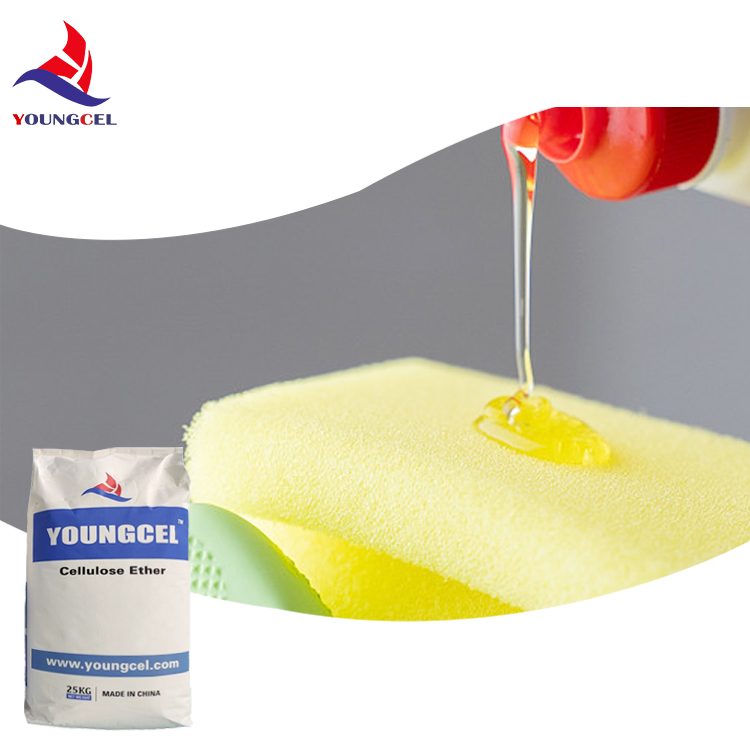Hydroxypropyl Methylcellulose (HPMC) A Versatile Polymer with Diverse Applications
Hydroxypropyl methylcellulose (HPMC) is a non-ionic, cellulose-based polymer that is widely utilized in various industrial and pharmaceutical applications. Known for its unique combination of properties, including thickening, film-forming, and stabilizing capabilities, HPMC has become an essential ingredient in many formulations, ranging from food products to construction materials.
Chemical Structure and Properties
HPMC is derived from cellulose, a natural polymer that is the primary structural component of the cell walls in green plants. The modification process involves the substitution of hydroxyl groups in cellulose with hydroxypropyl and methyl groups, resulting in a polymer that exhibits lower viscosity in aqueous solutions compared to its parent compound. This solubility in water, along with its thermal stability, makes HPMC an excellent choice for various applications.
One of the primary characteristics of HPMC is its ability to form viscous solutions at low concentrations. When mixed with water, HPMC swells and provides a gel-like consistency, which is crucial for many formulations. Its non-ionic nature also means that HPMC is compatible with a wide range of other materials, making it a versatile additive.
Applications of HPMC
HPMC finds extensive use across multiple sectors
1. Pharmaceutical Industry HPMC is commonly used as an excipient in drug formulations. Its ability to form gels and control the release of active ingredients enables the development of controlled-release formulations. Additionally, HPMC can assist in tablet binding and coating applications, enhancing the stability and efficacy of medications.
2. Food Industry In food processing, HPMC serves as a thickener, emulsifier, and stabilizer. It can improve the texture of products, maintain the stability of emulsions, and enhance moisture retention, which is particularly beneficial in baked goods and dairy products. Its low calorie count makes it a popular choice in “light” food products aiming to reduce fat content without sacrificing quality.
hydroxypropyl methylcellulose hpmc

3. Cosmetics and Personal Care HPMC is utilized in cosmetic formulations for its thickening properties. It helps create smooth textures in lotions, creams, and gels while providing a pleasant feel upon application. Furthermore, its film-forming capabilities are advantageous in hair care products, ensuring better hold and styling.
4. Construction Industry In construction, HPMC is used as an additive in cement and gypsum-based products. It enhances water retention, which is crucial for ensuring the proper setting of mixtures. The improved workability and adhesion of these materials contribute to stronger and more durable constructions.
5. Agriculture HPMC is also making inroads into agriculture, particularly in the formulation of pesticides and herbicides. Its ability to stabilize emulsions and control the release of active ingredients contributes to more effective agricultural products.
Advantages of HPMC
HPMC boasts several advantages that make it a preferred choice across various industries
- Biocompatibility Being derived from natural cellulose, HPMC is considered safe for use in food and pharmaceuticals, raising its attractiveness in consumer products. - Versatility Its compatibility with many other ingredients allows for significant formulation flexibility, enabling product designers to innovate without limitations. - Low Odor and Color HPMC does not have a strong odor or color, which makes it ideal for applications where these properties are critical, such as in food and cosmetic products. - Environmentally Friendly As a cellulose derivative, HPMC is biodegradable, aligning with the growing trend towards sustainable product development.
Conclusion
Hydroxypropyl methylcellulose is a remarkable polymer with a vast array of applications. Its unique properties have enabled its use across industries, contributing to improved product quality and performance. As research continues and new applications are explored, HPMC is likely to remain an integral component of innovative formulations. In a world increasingly focused on quality, safety, and sustainability, HPMC stands out as a functional ingredient that meets modern demands while delivering exceptional benefits across multiple sectors.
-
A Comprehensive Guide to Methyl Ethyl Hydroxyethyl Cellulose: Applications and Industry InsightsNewsNov.24,2025
-
Understanding Methyl 2 Hydroxyethyl Cellulose: Uses, Benefits & Industry InsightsNewsNov.24,2025
-
Hydroxyethyl Methyl Cellulose HEMC: Industrial Uses, Benefits & Future TrendsNewsNov.23,2025
-
HEMC Cellulose: Versatile & Sustainable Industrial Polymer | YoungcelNewsNov.23,2025
-
Methyl Hydroxyethyl Cellulose: Versatile Building Block for Industry & SustainabilityNewsNov.23,2025
-
CAS 9032 42 2: Understanding Polyvinyl Alcohol's Impact on Industry & SustainabilityNewsNov.22,2025




